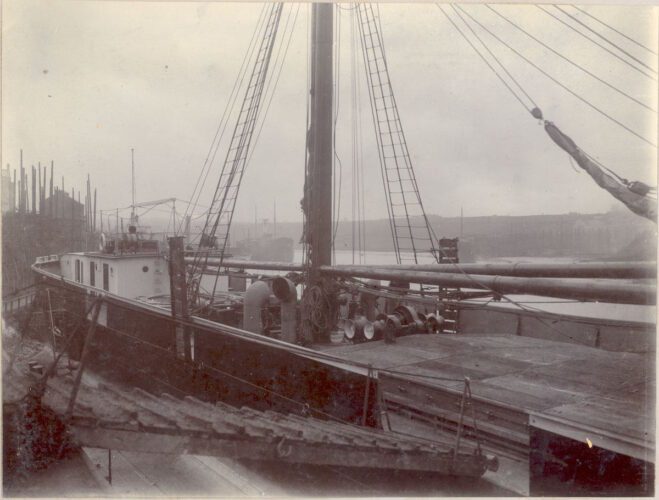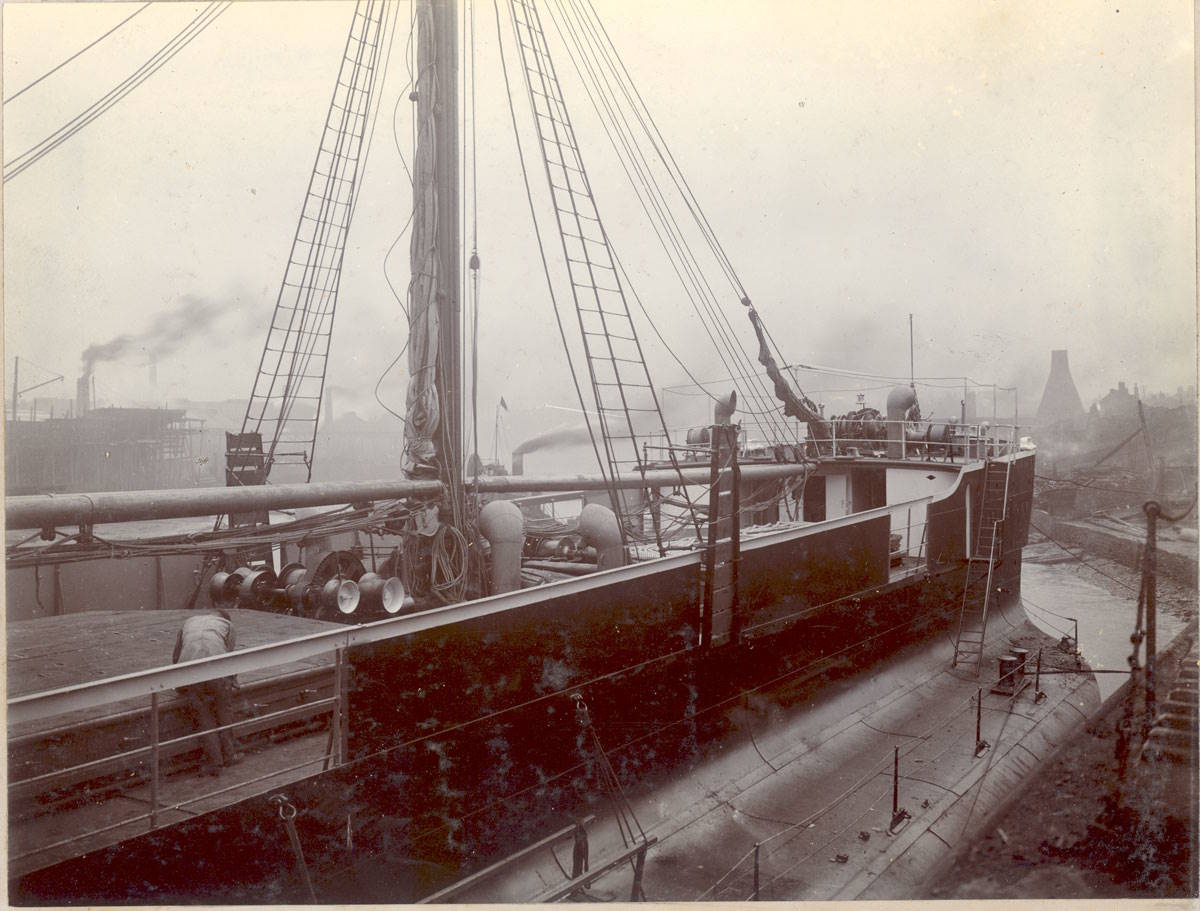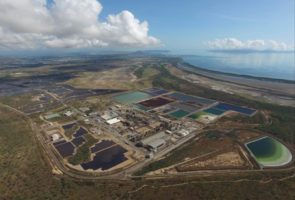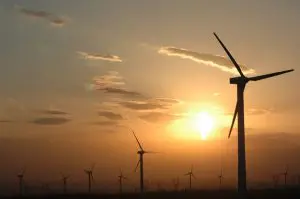Seafloor surveys for a floating offshore wind farm off the coast of Scotland have helped solve a 107-year-old maritime mystery, after stumbling upon the uncharted wreck of a Russian merchant vessel that was sunk during the Great War.
The 3GW MarramWind project, being developed by ScottishPower and Shell, is proposed for construction in the North Sea, about 75km off the north-east coast of Scotland, in water depths averaging 111 metres.
As part of all offshore wind farm developments, surveys of the seafloor are carried out by gathering sonar scans to determine the suitability for foundations – in this case, foundations suitable to mount anchors for the tethers tied to the floating turbine platforms.
During the geophysical and environmental surveys conducted by the Fugro Galaxy, the scans revealed what is believed to be the likely resting place of the SS Tobol, a WWI Russian merchant vessel which was torpedoed by a German U-boat in 1917.
Boasting its own tumultuous history – having been built Sunderland, England, and operated as the SS Cheltenham by a steamer company until it was captured by Russian warships in 1904 – the ship was eventually transferred to the Russian Imperial Navy and renamed SS Tobol after the river in Russia.
By 1916 it had been relocated to the Russian Volunteer Fleet but was eventually torpedoed by the German U-boat U-52 on September 11, 1917 while sailing from Blyth to Arkhangelsk.

“This really is an extraordinary find, given that our seabed surveys – which give us vital information about seabed conditions and what that means for the development of MarramWind – covered a distance of around 6,000 miles,” said Colin Anderson, development manager for MarramWind.
“We always expect to come across wrecks when carrying out works like this, but these tend to be smaller vessels and known to the authorities.
“While the Tobol was known to have been torpedoed in the war, its location was unclear, so to discover it after more than a century and uncover its history is something special.”
An exclusion zone of 250 metres has been established around the wreck so as to protect the vessel during further MarramWind survey works.
“It has a fascinating story and it would be amazing if we could find out more about the fate of the people who were on board as online information suggests there were some survivors – although this has not been verified,” added Anderson.
“However, we also need to be mindful that the wreck could be the final resting place for crew members, so hopefully our find will provide closure and comfort for their families and descendants.
“This kind of archaeological discovery is very much an added bonus when we consider the benefits our MarramWind windfarm could bring – enough renewable electricity to power the equivalent of more than 3.5 million homes; investment that will support the growth of the local supply chain and bring jobs; and another step forward in helping the transition of the energy sector.
“It could be a game-changer for the industry and, with the likely discovery of the Tobol, MarramWind has already made its way into the history books.”











Leave a Reply